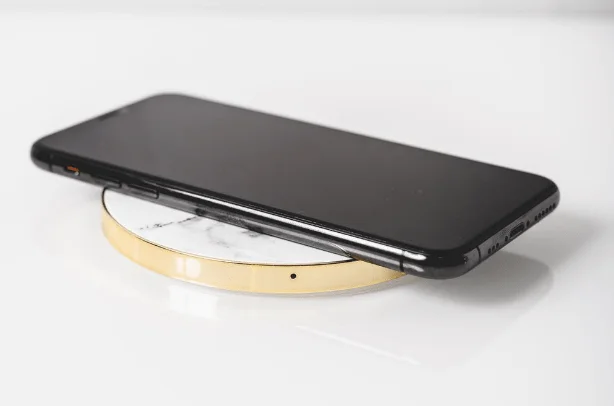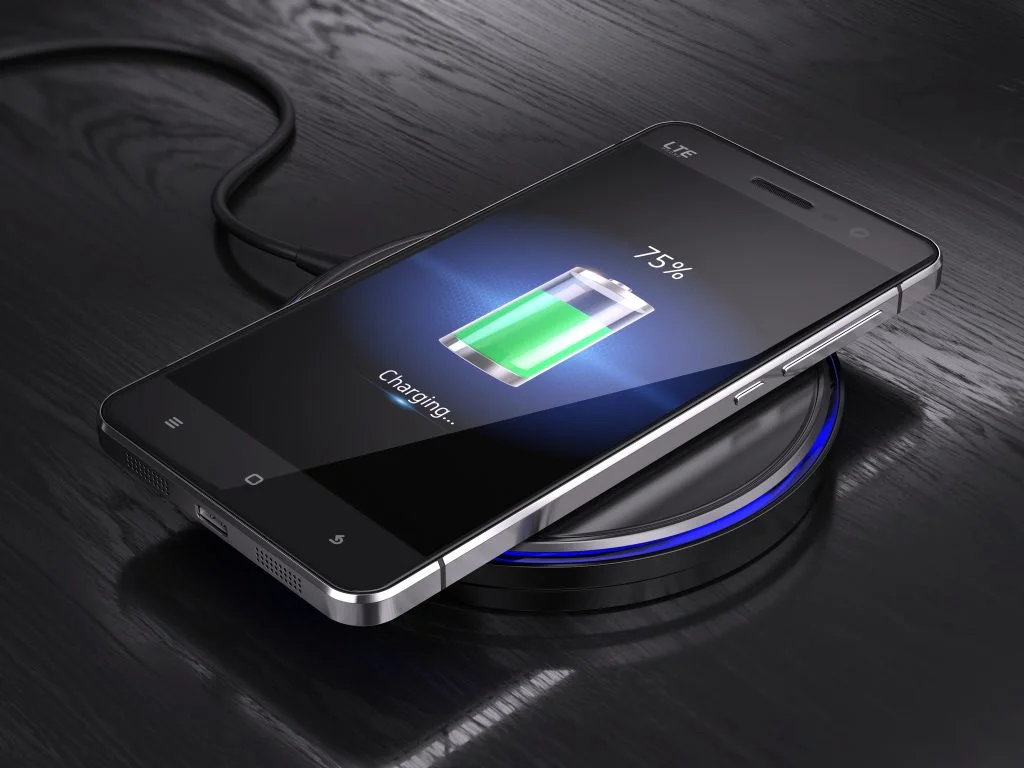[{"id":14523,"link":"https:\/\/mobileshark.co.uk\/blog\/best-samsung-s25-edge-cases-get-right-now\/","name":"best-samsung-s25-edge-cases-get-right-now","thumbnail":{"url":"https:\/\/mobileshark.co.uk\/blog\/wp-content\/uploads\/SAMS25EDGE-COVER.jpg","alt":"Samsung Galaxy S25 Edge"},"title":"Best Samsung S25 Edge Cases: Top Picks & Recommendations","author":{"name":"Arthur Hill","link":"https:\/\/mobileshark.co.uk\/blog\/author\/ms001\/"},"date":"Mar 30, 2025","dateGMT":"2025-03-30 09:29:09","modifiedDate":"2025-04-08 11:22:33","modifiedDateGMT":"2025-04-08 10:22:33","commentCount":"0","commentStatus":"closed","categories":{"coma":"<a href=\"https:\/\/mobileshark.co.uk\/blog\/buyers-guides\/\" rel=\"category tag\">Buyers Guides<\/a>","space":"<a href=\"https:\/\/mobileshark.co.uk\/blog\/buyers-guides\/\" rel=\"category tag\">Buyers Guides<\/a>"},"taxonomies":{"post_tag":"<a href='https:\/\/mobileshark.co.uk\/blog\/tag\/best-samsung-s25-edge-cases\/' rel='post_tag'>best samsung s25 edge cases<\/a><a href='https:\/\/mobileshark.co.uk\/blog\/tag\/galaxy-s25-edge\/' rel='post_tag'>Galaxy S25 Edge<\/a><a href='https:\/\/mobileshark.co.uk\/blog\/tag\/s25-edge\/' rel='post_tag'>S25 Edge<\/a><a href='https:\/\/mobileshark.co.uk\/blog\/tag\/samsung\/' rel='post_tag'>samsung<\/a><a href='https:\/\/mobileshark.co.uk\/blog\/tag\/samsung-s25-edge-cases\/' rel='post_tag'>samsung s25 edge cases<\/a>"},"readTime":{"min":5,"sec":47},"status":"publish","content":"This article contains Samsung S25 Edge Cases you can get"},{"id":14390,"link":"https:\/\/mobileshark.co.uk\/blog\/best-samsung-a56-cases-top-recommendations\/","name":"best-samsung-a56-cases-top-recommendations","thumbnail":{"url":"https:\/\/mobileshark.co.uk\/blog\/wp-content\/uploads\/Samsung-Galaxy-A56-4.jpg","alt":"Samsung Galaxy A56"},"title":"Best Samsung A56 Cases: Top Picks & Recommendations","author":{"name":"Arthur Hill","link":"https:\/\/mobileshark.co.uk\/blog\/author\/ms001\/"},"date":"Mar 21, 2025","dateGMT":"2025-03-21 21:45:32","modifiedDate":"2025-04-06 21:32:19","modifiedDateGMT":"2025-04-06 20:32:19","commentCount":"0","commentStatus":"closed","categories":{"coma":"<a href=\"https:\/\/mobileshark.co.uk\/blog\/buyers-guides\/\" rel=\"category tag\">Buyers Guides<\/a>","space":"<a href=\"https:\/\/mobileshark.co.uk\/blog\/buyers-guides\/\" rel=\"category tag\">Buyers Guides<\/a>"},"taxonomies":{"post_tag":"<a href='https:\/\/mobileshark.co.uk\/blog\/tag\/best-samsung-a56-cases\/' rel='post_tag'>best samsung a56 cases<\/a><a href='https:\/\/mobileshark.co.uk\/blog\/tag\/galaxy-a56\/' rel='post_tag'>Galaxy A56<\/a><a href='https:\/\/mobileshark.co.uk\/blog\/tag\/samsung-a56-cases\/' rel='post_tag'>samsung a56 cases<\/a><a href='https:\/\/mobileshark.co.uk\/blog\/tag\/samsung-galaxy\/' rel='post_tag'>Samsung Galaxy<\/a><a href='https:\/\/mobileshark.co.uk\/blog\/tag\/samsung-galaxy-a56\/' rel='post_tag'>Samsung Galaxy A56<\/a>"},"readTime":{"min":4,"sec":18},"status":"publish","content":"The Samsung Galaxy A56 is an impressive smartphone packed with"},{"id":10584,"link":"https:\/\/mobileshark.co.uk\/blog\/best-samsung-a36-cases\/","name":"best-samsung-a36-cases","thumbnail":{"url":"https:\/\/mobileshark.co.uk\/blog\/wp-content\/uploads\/Samsung-Galaxy-A36-6.jpg","alt":"Samsung Galaxy A36"},"title":"Best Samsung A36 Cases Available Now (Top 8)","author":{"name":"Arthur Hill","link":"https:\/\/mobileshark.co.uk\/blog\/author\/ms001\/"},"date":"Mar 3, 2025","dateGMT":"2025-03-03 05:38:00","modifiedDate":"2025-04-06 20:34:19","modifiedDateGMT":"2025-04-06 19:34:19","commentCount":"0","commentStatus":"closed","categories":{"coma":"<a href=\"https:\/\/mobileshark.co.uk\/blog\/buyers-guides\/\" rel=\"category tag\">Buyers Guides<\/a>","space":"<a href=\"https:\/\/mobileshark.co.uk\/blog\/buyers-guides\/\" rel=\"category tag\">Buyers Guides<\/a>"},"taxonomies":{"post_tag":"<a href='https:\/\/mobileshark.co.uk\/blog\/tag\/best-samsung-a36-cases\/' rel='post_tag'>best samsung a36 cases<\/a><a href='https:\/\/mobileshark.co.uk\/blog\/tag\/galaxy-a36\/' rel='post_tag'>Galaxy A36<\/a><a href='https:\/\/mobileshark.co.uk\/blog\/tag\/samsung\/' rel='post_tag'>samsung<\/a><a href='https:\/\/mobileshark.co.uk\/blog\/tag\/samsung-a36\/' rel='post_tag'>Samsung A36<\/a><a href='https:\/\/mobileshark.co.uk\/blog\/tag\/samsung-a36-case\/' rel='post_tag'>samsung a36 case<\/a><a href='https:\/\/mobileshark.co.uk\/blog\/tag\/samsung-a36-cases\/' rel='post_tag'>samsung a36 cases<\/a><a href='https:\/\/mobileshark.co.uk\/blog\/tag\/samsung-galaxy-a36-5g\/' rel='post_tag'>samsung galaxy a36 5g<\/a>"},"readTime":{"min":10,"sec":51},"status":"publish","content":"These are the Best Samsung A36 Cases available for the"},{"id":10388,"link":"https:\/\/mobileshark.co.uk\/blog\/the-best-samsung-a56-cases\/","name":"the-best-samsung-a56-cases","thumbnail":{"url":"https:\/\/mobileshark.co.uk\/blog\/wp-content\/uploads\/Samsung-Galaxy-A56-4.jpg","alt":"Samsung Galaxy A56"},"title":"The Best Samsung A56 Cases You Can Get Now (Top 10)","author":{"name":"Arthur Hill","link":"https:\/\/mobileshark.co.uk\/blog\/author\/ms001\/"},"date":"Mar 3, 2025","dateGMT":"2025-03-03 04:36:00","modifiedDate":"2025-04-06 20:24:06","modifiedDateGMT":"2025-04-06 19:24:06","commentCount":"0","commentStatus":"closed","categories":{"coma":"<a href=\"https:\/\/mobileshark.co.uk\/blog\/buyers-guides\/\" rel=\"category tag\">Buyers Guides<\/a>","space":"<a href=\"https:\/\/mobileshark.co.uk\/blog\/buyers-guides\/\" rel=\"category tag\">Buyers Guides<\/a>"},"taxonomies":{"post_tag":"<a href='https:\/\/mobileshark.co.uk\/blog\/tag\/best-samsung-a56-cases\/' rel='post_tag'>best samsung a56 cases<\/a><a href='https:\/\/mobileshark.co.uk\/blog\/tag\/galaxy-a56\/' rel='post_tag'>Galaxy A56<\/a><a href='https:\/\/mobileshark.co.uk\/blog\/tag\/samsung\/' rel='post_tag'>samsung<\/a><a href='https:\/\/mobileshark.co.uk\/blog\/tag\/samsung-a56\/' rel='post_tag'>Samsung A56<\/a><a href='https:\/\/mobileshark.co.uk\/blog\/tag\/samsung-a56-case\/' rel='post_tag'>samsung a56 case<\/a><a href='https:\/\/mobileshark.co.uk\/blog\/tag\/samsung-a56-cases\/' rel='post_tag'>samsung a56 cases<\/a>"},"readTime":{"min":13,"sec":37},"status":"publish","content":"These are the Best Samsung A56 Cases available for the"},{"id":13547,"link":"https:\/\/mobileshark.co.uk\/blog\/best-iphone-16e-cases-covers\/","name":"best-iphone-16e-cases-covers","thumbnail":{"url":"https:\/\/mobileshark.co.uk\/blog\/wp-content\/uploads\/iphone-16e-Banner.jpg","alt":"iphone fold"},"title":"Best iPhone 16e Cases & Covers Available Now (Top 6)","author":{"name":"Arthur Hill","link":"https:\/\/mobileshark.co.uk\/blog\/author\/ms001\/"},"date":"Feb 24, 2025","dateGMT":"2025-02-24 09:34:37","modifiedDate":"2025-03-11 22:31:10","modifiedDateGMT":"2025-03-11 22:31:10","commentCount":"0","commentStatus":"closed","categories":{"coma":"<a href=\"https:\/\/mobileshark.co.uk\/blog\/buyers-guides\/\" rel=\"category tag\">Buyers Guides<\/a>","space":"<a href=\"https:\/\/mobileshark.co.uk\/blog\/buyers-guides\/\" rel=\"category tag\">Buyers Guides<\/a>"},"taxonomies":{"post_tag":"<a href='https:\/\/mobileshark.co.uk\/blog\/tag\/apple-iphone-16e\/' rel='post_tag'>apple iphone 16e<\/a><a href='https:\/\/mobileshark.co.uk\/blog\/tag\/best-iphone-16e-cases\/' rel='post_tag'>best iphone 16e cases<\/a><a href='https:\/\/mobileshark.co.uk\/blog\/tag\/iphone-16e\/' rel='post_tag'>iphone 16E<\/a><a href='https:\/\/mobileshark.co.uk\/blog\/tag\/iphone-16e-cases\/' rel='post_tag'>iphone 16e cases<\/a>"},"readTime":{"min":8,"sec":45},"status":"publish","content":"Here are the Best iPhone 16e Cases & Covers available"},{"id":13153,"link":"https:\/\/mobileshark.co.uk\/blog\/the-best-pixel-9a-cases\/","name":"the-best-pixel-9a-cases","thumbnail":{"url":"https:\/\/mobileshark.co.uk\/blog\/wp-content\/uploads\/Pixel-9a.jpg","alt":"Google pixel 10"},"title":"The Best Pixel 9a Cases To Get Right Now (Top 7)!","author":{"name":"Arthur Hill","link":"https:\/\/mobileshark.co.uk\/blog\/author\/ms001\/"},"date":"Feb 19, 2025","dateGMT":"2025-02-19 18:46:16","modifiedDate":"2025-04-06 20:20:13","modifiedDateGMT":"2025-04-06 19:20:13","commentCount":"0","commentStatus":"closed","categories":{"coma":"<a href=\"https:\/\/mobileshark.co.uk\/blog\/buyers-guides\/\" rel=\"category tag\">Buyers Guides<\/a>","space":"<a href=\"https:\/\/mobileshark.co.uk\/blog\/buyers-guides\/\" rel=\"category tag\">Buyers Guides<\/a>"},"taxonomies":{"post_tag":"<a href='https:\/\/mobileshark.co.uk\/blog\/tag\/best-pixel-9a-cases\/' rel='post_tag'>best pixel 9a cases<\/a><a href='https:\/\/mobileshark.co.uk\/blog\/tag\/google-pixel-9a\/' rel='post_tag'>Google Pixel 9a<\/a><a href='https:\/\/mobileshark.co.uk\/blog\/tag\/pixel-9a-cases\/' rel='post_tag'>pixel 9a cases<\/a>"},"readTime":{"min":9,"sec":36},"status":"publish","content":"Let's explore the Best Pixel 9a Cases to get right"}]





